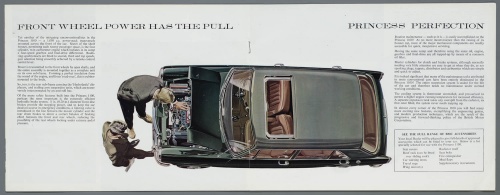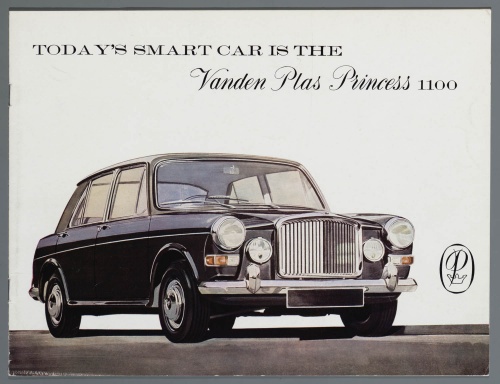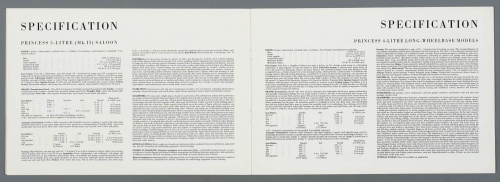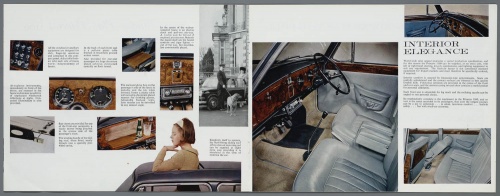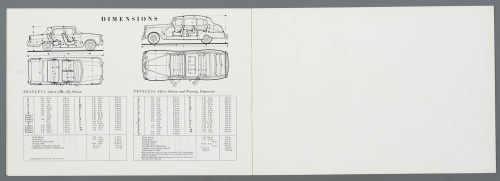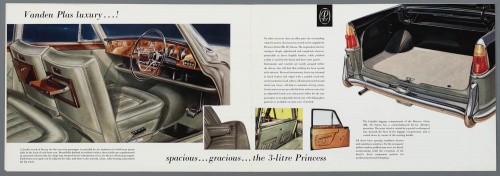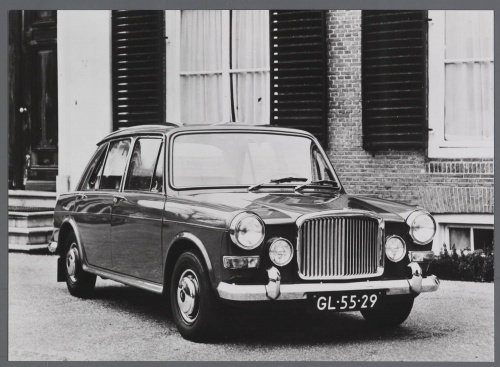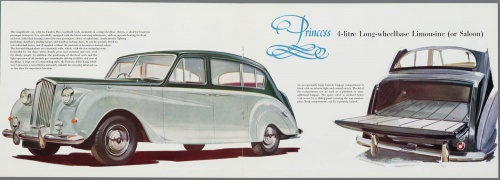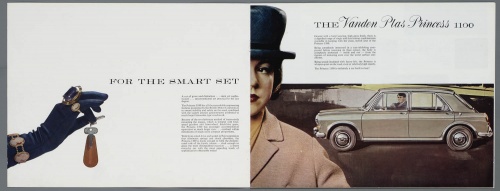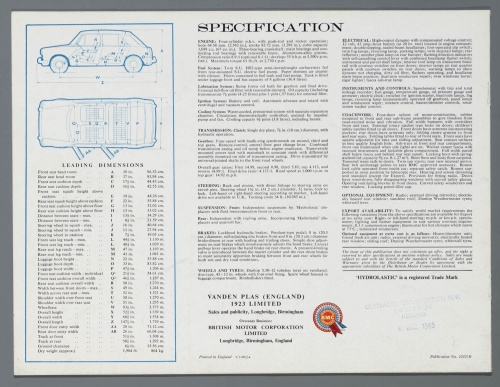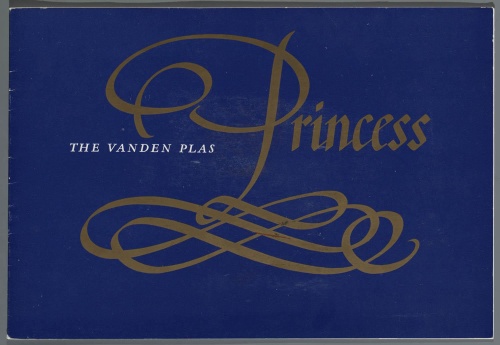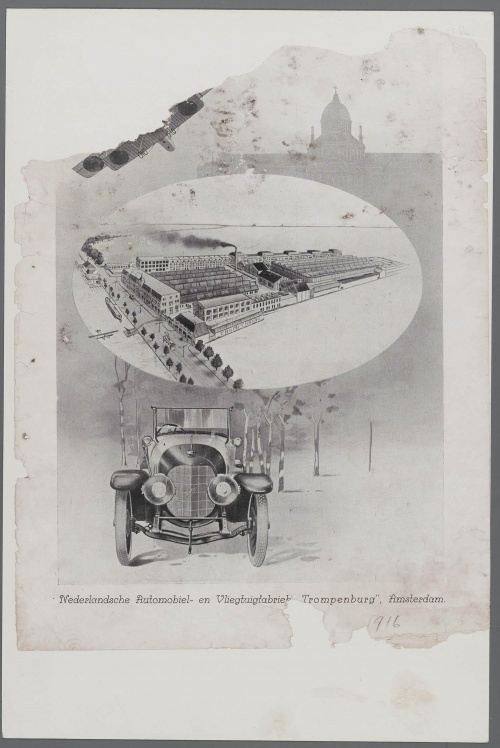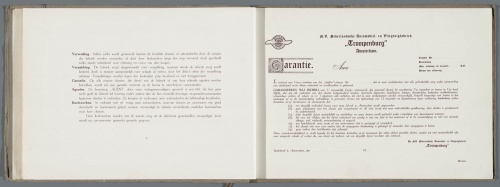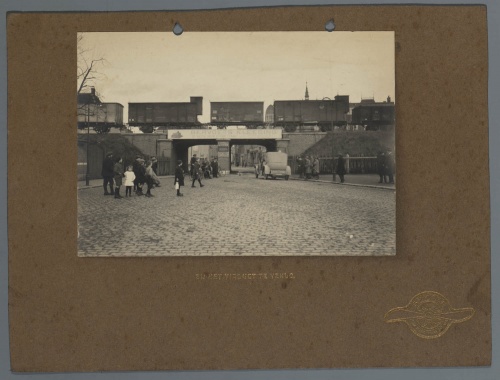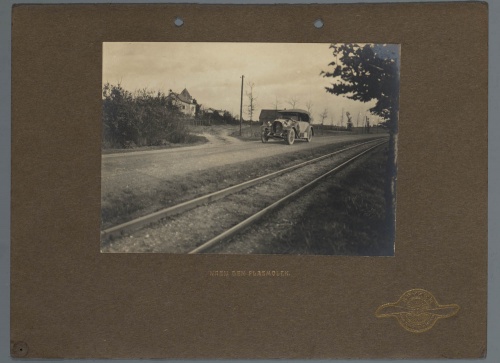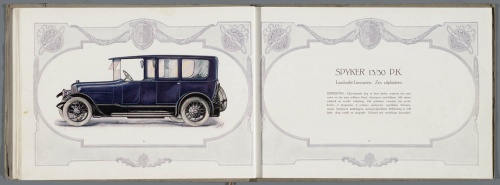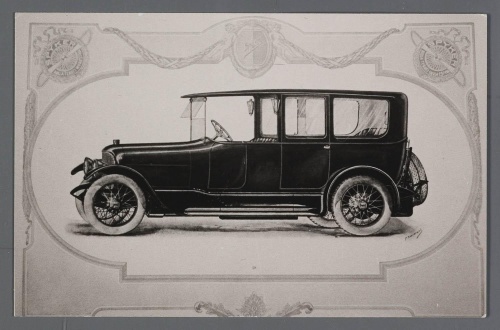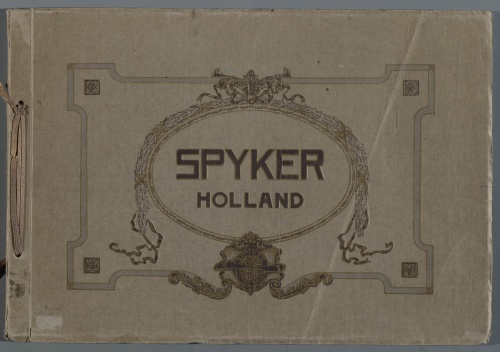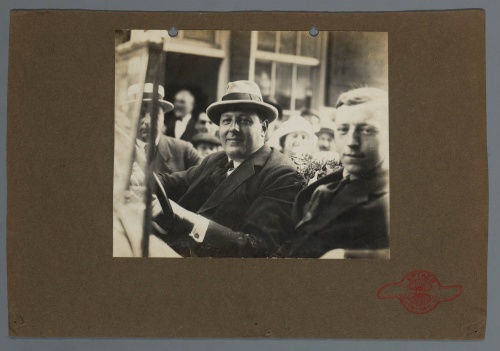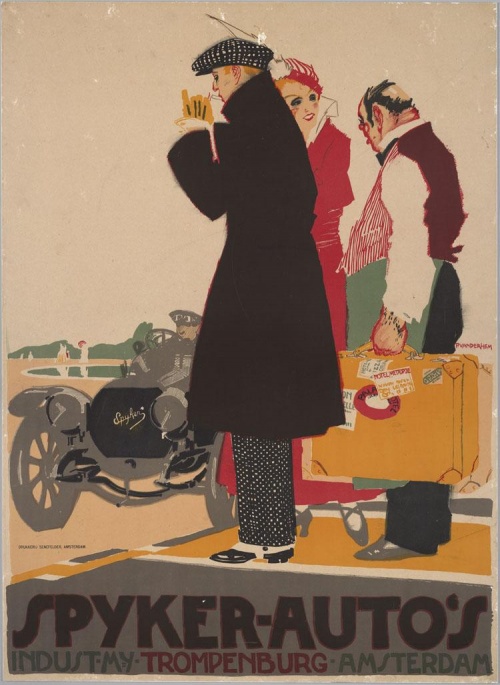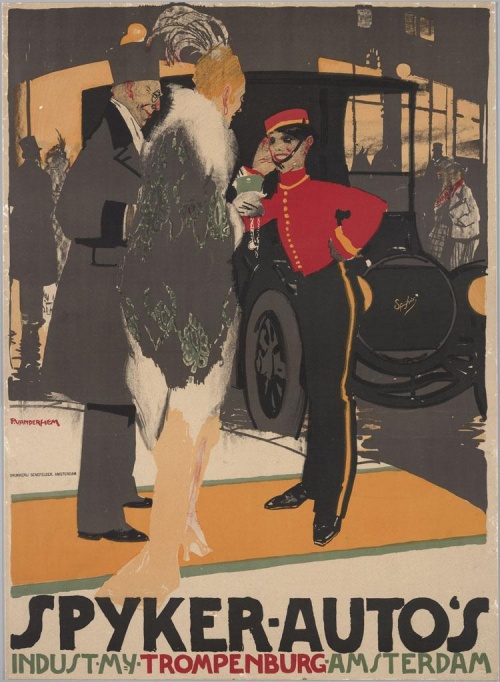Dutch Automotive History (part 57) Vanden Plas, Spyker (86 photos)
VANDEN PLAS (London/Abingdon, UK, 1960-1980)
The British Vanden Plas was founded in 1923 as a branch of the famous Belgian coachbuilder Van Den Plas. In June 1946, he was taken over by the Austin Company to produce the high-end Princess model. In 1960, Vanden Plas, which had become independent again, began to independently produce the Princess de Luxe car, which was based on Austin units, but looked more attractive. In 1964, the more comfortable Vanden Plas 1100 with a front-wheel drive layout, transverse engine and hydropneumatic suspension appeared on the Austin-1100 chassis. For the most prestigious model of 1965, the Princess-R, a Rolls-Royce engine with a displacement of 3.9 liters was chosen. In June 1967, they released the small-capacity Vanden Plas-1300, which since 1973 has remained the only car of this brand. The latest Vanden Plas 1500 is an improved version of the serial Austin Allegro. In 1979, the Vanden Plas plant was closed, but for another year after that, production continued at MG (MG).
SPYKER (Trompenburg, Netherlands, 1900-1925)
In 1880, brothers Hendrik and Jacob Spijker founded a horse-drawn carriage manufacturing company. Since 1895 they have been selling Benz cars in Holland. In 1900, the brothers introduced their first car, the Spijker, with a 2-cylinder front-mounted engine producing 5 hp, a 2-speed gearbox and cardan drive to the drive wheels. To attract foreign buyers, the company name was changed to Spyker ( "Speaker" - in Dutch, "Spiker" - in English). However, sales remained very low, although many Speaker models became famous thanks to their original technical solutions.
At the beginning of the century, the company produced cars with 2- and 4-cylinder engines with single-cast cylinders with a displacement of 1885 and 3770 cm3. At the end of 1903, the Speaker appeared with an engine in which cooling water circulated through spiral tubes around the cylinders and combustion chambers.
In 1903, according to the design of the Belgian engineer Joseph Laviolette, Speaker built an unusual machine of the 50HP type. It was the world's first all-wheel drive racing car. In addition, all wheels were equipped with drum brakes. Another brake was located on the output shaft of the gearbox. The car had a conventional 3-speed gearbox and a 2-speed transfer case. However, the design turned out to be unreliable, and the racers were unable to take advantage of all the advantages of the all-wheel drive system. Production of the model was limited to a few copies, and even then with a 4-cylinder engine, which did not allow the car to realize all its capabilities.
At the same time, "Speaker" released two more new models: "16HP" with a 2-cylinder and "24HP" with a 4-cylinder engine, which did not attract the attention of buyers, although they were distinguished by low-noise operation of the engines. In 1904, the company introduced a car whose lower part and body were designed in such a way that dust raised during movement did not penetrate into the interior and engine compartment. The car is known as "Dustless", literally "Dustless". In the same year, "Speaker" demonstrated another new product - an "electric" carburetor. When driving downhill, the driver could stop the flow of gasoline into the carburetor float chamber using a needle controlled by an electromagnet, which made it possible to reduce fuel consumption.
Since 1905, the distinctive feature of all “speakers” has been an oval radiator.
The Spiker brothers, when planning the production of their cars, always focused on foreign markets. Between 1904 and 1906 they achieved great success, selling large quantities of 2- and 4-cylinder engines to England. In 1906, the company's production program included 4 models: "12/16HP", "15/24 HP", "20/30HP" and "30/40HP" with engines with a displacement of 2.5; 2.8; 4.6 and 8.0 liters respectively.
In 1907, Hendrik Spiker died in the North Sea when the steamship Berlin sank. Jacob had to take over all the accounting work that his older brother did. A family tragedy affected the company's affairs. Jacob entered a production car "12/16HP" in the most difficult Beijing-Paris race. This led to huge expenses, without bringing "Speaker" either fame or dividends. By decision of the shareholders' meeting, Jacob Spiker was removed from management, and in April 1908 the company declared bankruptcy. However, a few months later the company was revived. "Speaker" has started assembling cars again.
The 1908 models were almost no different from previous cars. The only new product was the sports “40/80NR” with an engine with a displacement of 10,603 cm3, produced in only a few copies. At the end of 1909, Laviolette once again showed ingenuity: he proposed an engine with transverse camshafts, which were driven by worm gears, facilitating
comfortable and silent operation. On the 4-cylinder sample built, two camshafts were located between two pairs of cylinders and drove 4 valves at once. This mechanism was installed on 4.8- and 7.3-liter engines of the “25HP” and “40HP” models. At the same time, "Speaker" offered the "12HP" model, which had an unusual location of the transmission brake drum (between the clutch and gearbox). However, when the transmission was put into neutral, the brake was useless.
After the war, the company resumed production of the "25/ZONR" model, equipped with a 4-cylinder 3.6-liter engine with side valves. It featured mainly sports-type bodies, reminiscent of an airplane fuselage, which is why the entire series was called “Aerocoque”. After some time, it was replaced by a representative car of the C-4 model with an engine with a displacement of 5742 cm3 from the German company Maybach. After the war, car sales fell catastrophically - only 450 cars were sold in 6 years. In an effort to get out of a difficult situation, Speaker tried to gain a foothold in the small car sector by releasing the French Mathis with a 1.2-liter engine under license. At the same time, trucks were assembled, the components for which were supplied from the USA. However, in 1925, "Speaker" ceased its activities.
